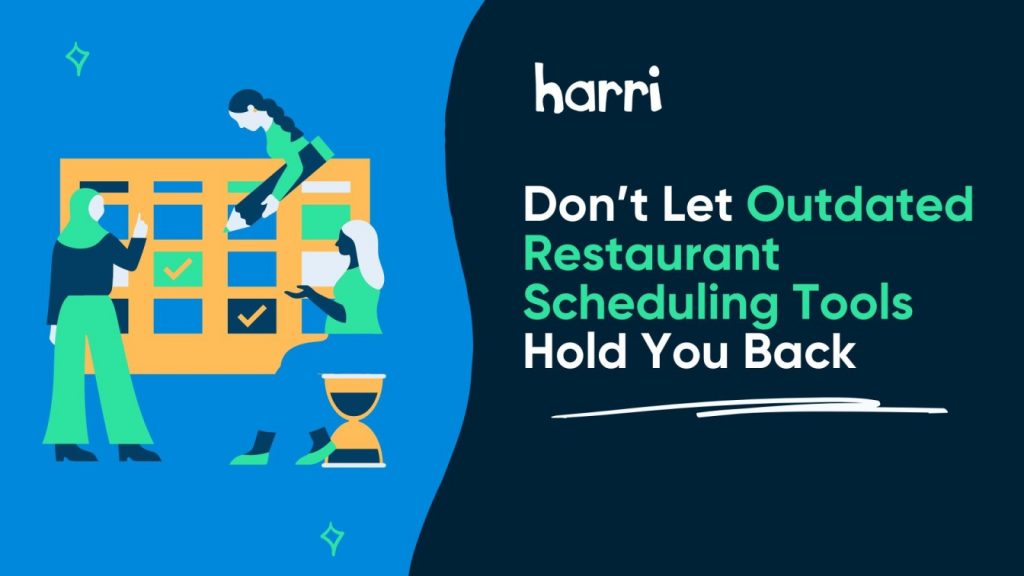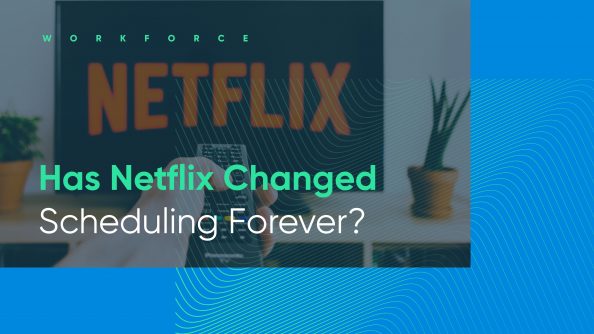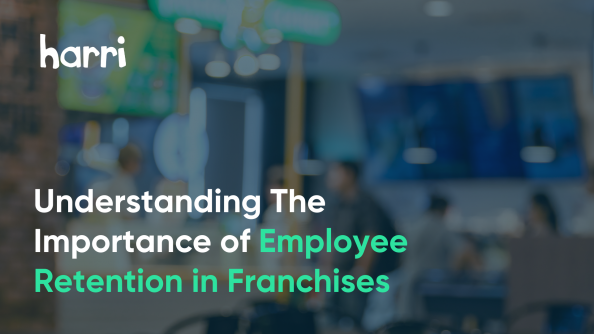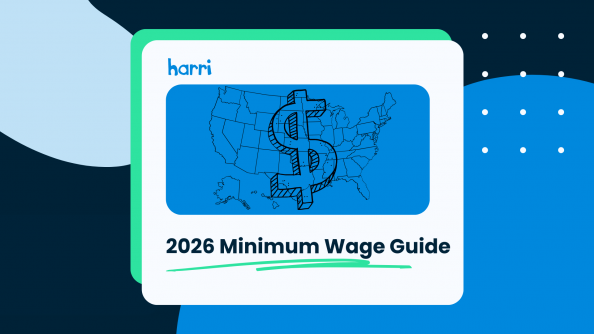Outdated Restaurant Scheduling Tools Are Holding You Back: Here’s What You Can Do About It

- By Harri Insider Team | September 26, 2024
As labor costs and rising operational challenges continue to impact the hospitality industry, both established franchises and new operators are under increasing pressure to streamline operations and optimize workforce management. Efficient employee scheduling is at the root of this, but outdated tools like Excel are no longer sufficient to meet the demands of a modern restaurant.
Here’s why relying on manual tools could be costing your restaurant valuable time, money, and growth—and what you can do about it.
Creating Schedules Takes Time
Manually creating schedules may seem manageable, but it’s far from efficient. Even with tools like Excel, allocating shifts can eat up precious time and lead to errors, especially with a mix of full-time, part-time, and seasonal workers. In fact, manually distributing hours often results in uneven shifts, which can frustrate employees and contribute to high turnover.
Harri’s smart scheduling system saves managers hours of administrative work by automating the entire scheduling process. It uses historical sales data, demand forecasting, and activity-based intelligence to ensure the right labor mix for your restaurant’s unique needs. Whether you’re running a single location or managing multiple sites, the system optimizes employee shifts to ensure you’re fully staffed without overloading your team.
Manual Restaurant Schedules are Prone to Errors
Manual scheduling, whether through Excel or another system, is prone to human error. Missing or duplicate entries can disrupt labor forecasting and ultimately impact your bottom line. Incorrect data can also result in costly overstaffing or understaffing, hurting both labor costs and service quality.
Harri’s smart scheduling system eliminates the risk of scheduling errors by tapping into real-time data across your business. The platform intelligently adjusts labor hours based on sales trends, reservations, events, and even local factors like weather. This ensures that your team is always sized appropriately to meet demand without unnecessary labor costs.
Version Control Is An Issue
One major drawback of manual restaurant scheduling systems like Excel is the lack of real-time collaboration. With multiple versions of the same spreadsheet floating around (or worse, multiple versions of printed copies), it’s easy to lose track of the most up-to-date information. Different managers might make changes that go unnoticed, leading to confusion and inconsistent schedules.
Cloud-based scheduling software eliminates version control issues by offering a single source of truth. With real-time updates accessible to all authorized users, managers can make adjustments on the fly without worrying about outdated information or conflicting schedules.
Manual Restaurant Schedules are Not Suitable for Forecasting
Accurate labor forecasting is critical to managing costs in today’s competitive environment. Relying on manual data entry or basic spreadsheets not only slows you down but also increases the risk of costly mistakes. For operators, accurate forecasting is essential to ensuring you have the right staff at the right time, especially during peak hours.
Modern scheduling software, like Harri, leverages historical sales, demand forecasting, and localized data (such as reservations, catering, weather, and events) to predict labor needs with pinpoint accuracy. This ensures operators can staff their teams efficiently, avoiding the costs of both overstaffing and understaffing.
Manual Restaurant Scheduling Stunts Your Growth
Outdated scheduling tools can significantly hinder your growth, especially as your business expands. Managing multiple sites, handling diverse employee shifts, and staying compliant with evolving labor laws is nearly impossible with basic tools.
Harri’s smart scheduling system scales effortlessly as your restaurant grows. Whether you’re managing compliance across multiple locations or adjusting labor costs based on local laws, the system’s built-in compliance features allow you to monitor shifts, overtime, paid breaks, and more. You can configure rules for clocking in/out, flexible shifts, and even employee-driven shift swaps, all while proactively managing labor compliance.
Excel Isn’t Made for Compliance
With labor regulations like Fair Workweek, predictive scheduling laws, and minimum wage requirements, ensuring compliance has become increasingly complex. Manually tracking employee hours and overtime, managing shift changes, and ensuring compliance with local labor laws is a heavy administrative burden when using basic scheduling tools like Excel.
Harri’s smart scheduling system helps you proactively manage compliance with configurable rules for early, late, and unscheduled shifts. It also allows you to define the maximum number of hours, overtime rules, paid and unpaid break regulations, and more. This ensures your business stays compliant without adding extra administrative work.
The Bottom Line
It’s time to move beyond outdated tools like Excel. Harri’s smart scheduling system automates the scheduling process, saving time, reducing costly errors, improving compliance, and ensuring your restaurant is agile enough to meet shifting demands.
Discover how Harri’s smart scheduling system has helped restaurants streamline their employee scheduling, reduce labor costs, and stay compliant with evolving labor laws. Learn how Harri’s automated workforce scheduling can optimize your operations and improve employee retention.



















